Although the measure passed last week by the US House of Representatives primarily targets heavily subsidized Chinese goods, the state-supported Norwegian cooperative has begun examining the possible ramifications for its own biggest export, business website StockLink.no reports.
“We don’t yet know what the changes will entail and are currently working on getting an insight into the matter and finding out what consequences this might have for us,” Tine’s Herman Standshaug told StockLink.
“At the same time, we consider this an area that is covered by WTO agreements,” he added.
Sixty percent of the 13,000 tons of Jarlsberg produced in Norway each year ends up on US shelves, while Tine produces a further 9,000 tons of the cheese at its facilities in the United States and Ireland.
Ninety percent of US supermarkets stock the mild Jarlsberg cheese, which is the country’s best-selling product in the “Swiss cheese” category, StockLink said.
Norwegian consumers subsidize Tine’s Jarlsberg export business to the tune of 95 million kroner ($16.5 million) each year, newspaper Aftenposten reports.
Last month, Tine, which enjoys a near monopoly position in Norway, called for the country to impose similar duties on foreign cheeses.
With the import of cheese from abroad up by 14 percent last year, Tine is concerned that domestic producers will start to feel the pinch unless the government takes action, newspaper Aftenposten reported.
“We want higher barriers for the import of cheese. This is needed to safeguard Norwegian products,” managing director Stein Øiom told the newspaper.
Tine found itself the butt of international ridicule last year after Norway fell victim to an acute butter shortage when the cooperative failed to supply the market with enough raw milk.


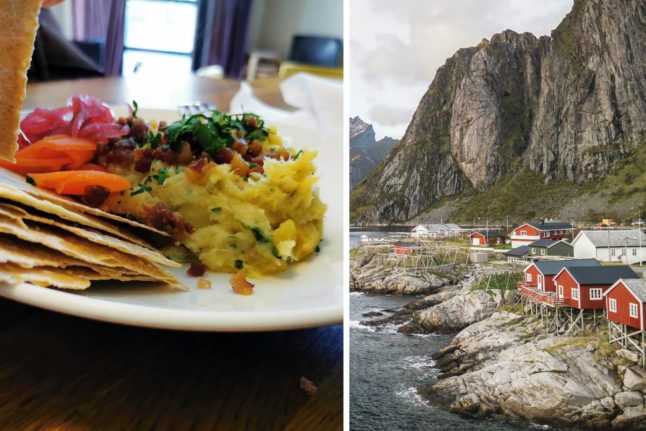

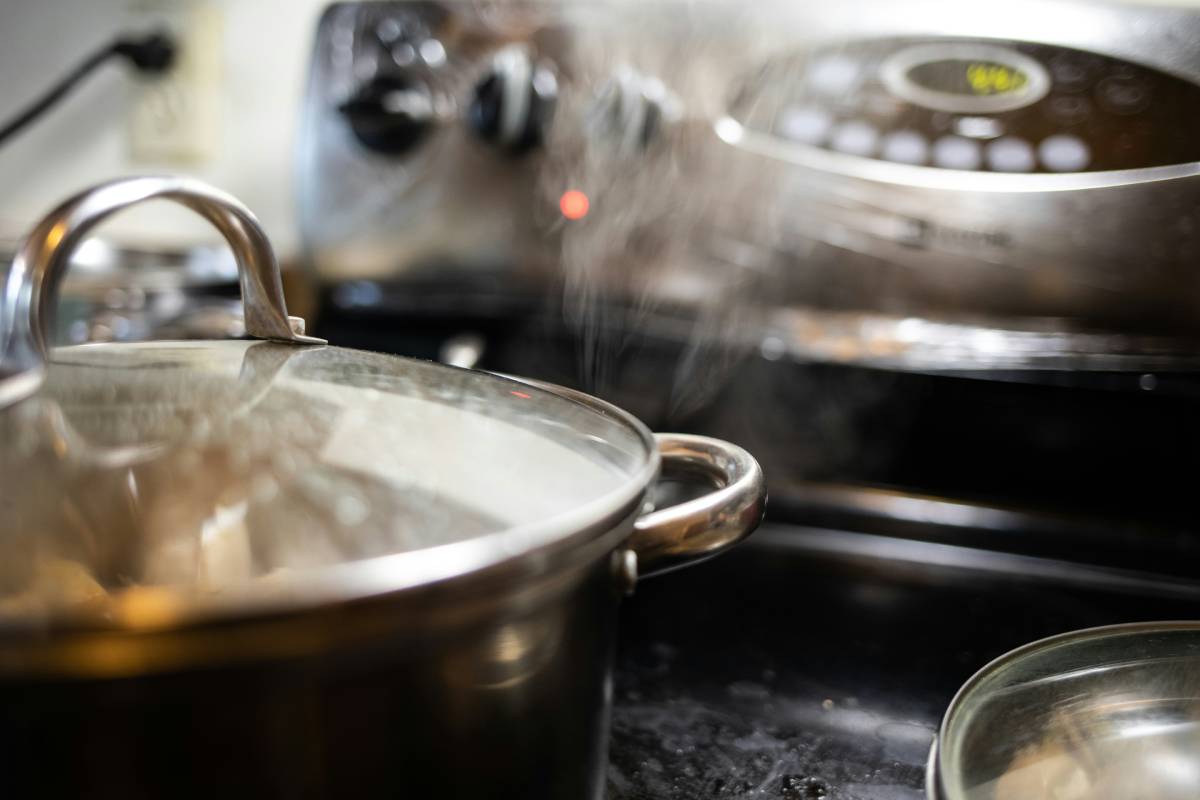
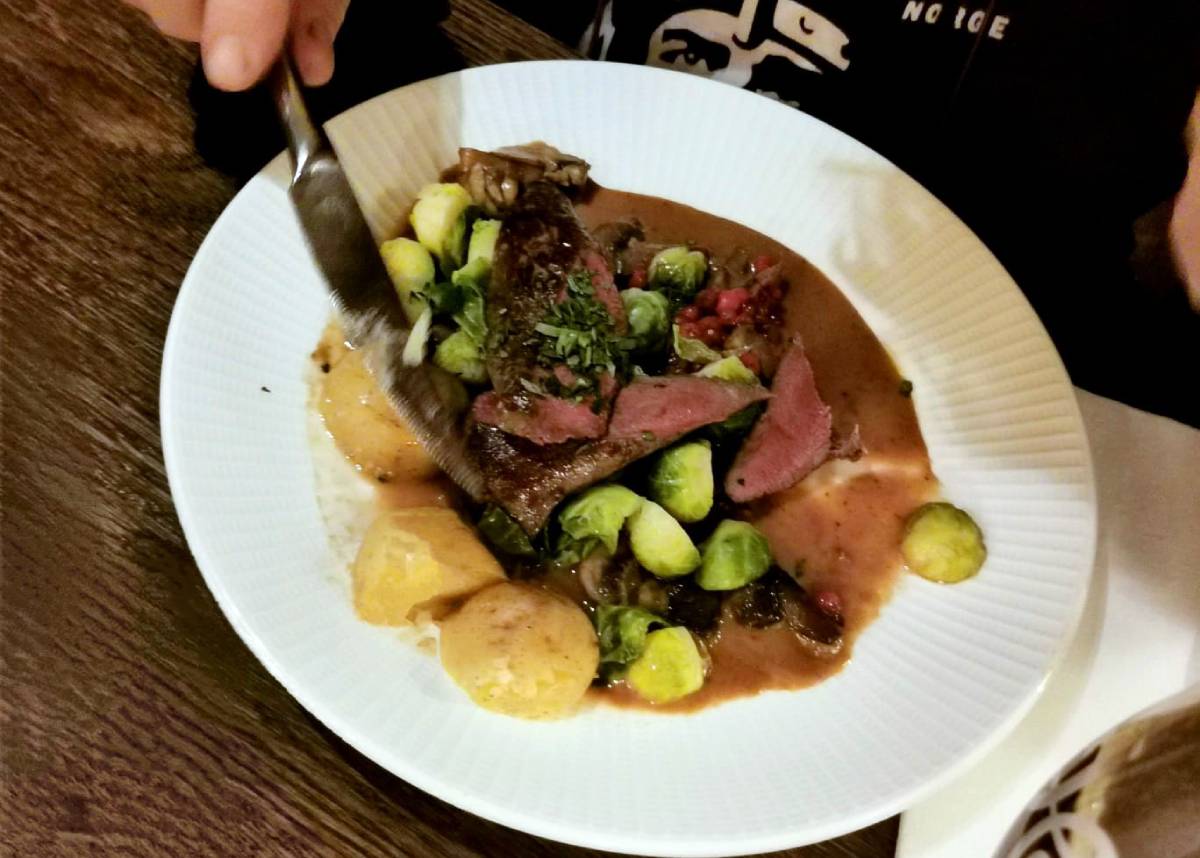
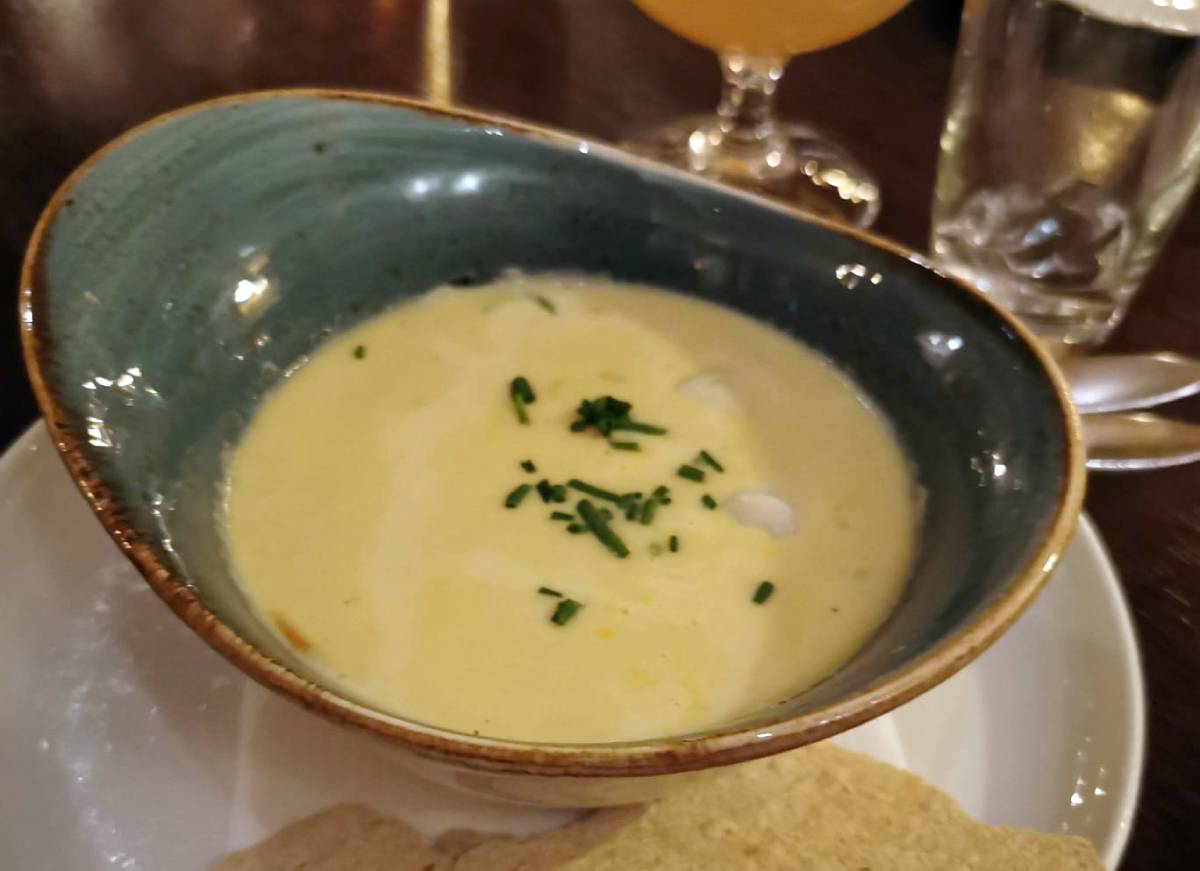
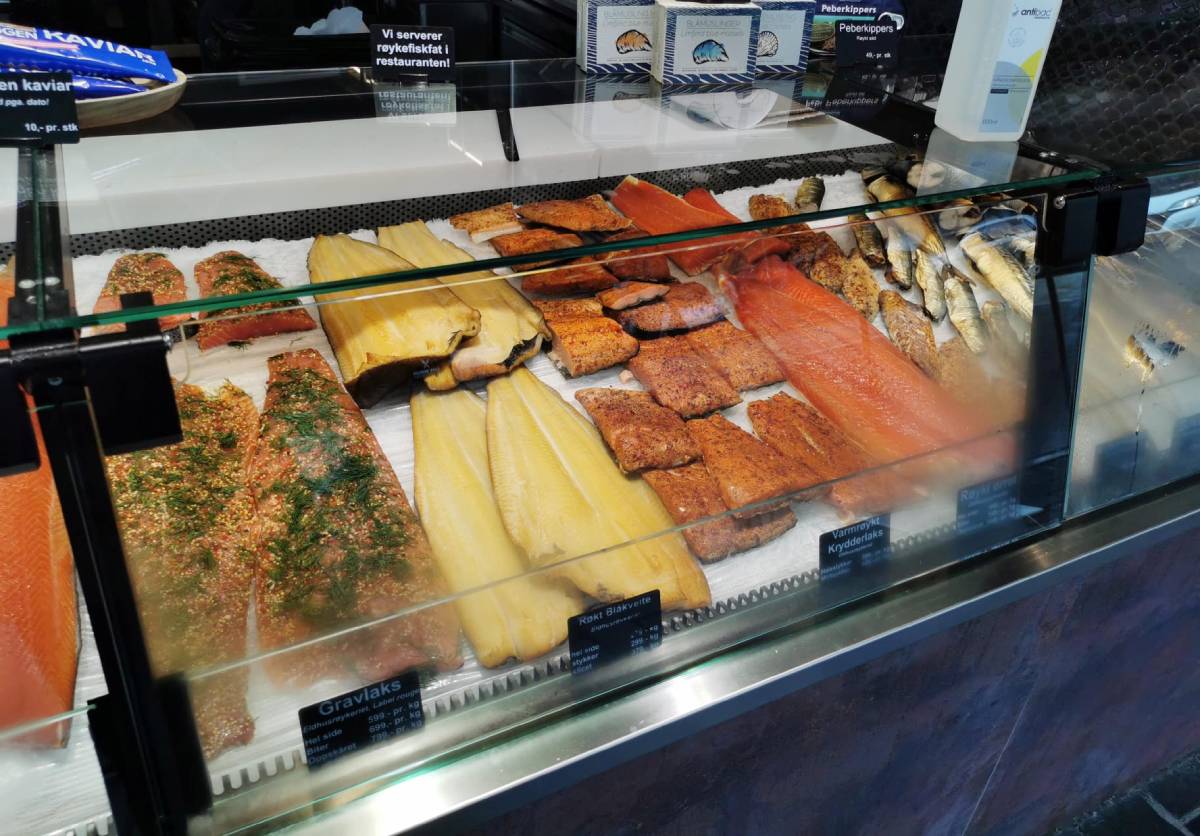
 Please whitelist us to continue reading.
Please whitelist us to continue reading.
Member comments